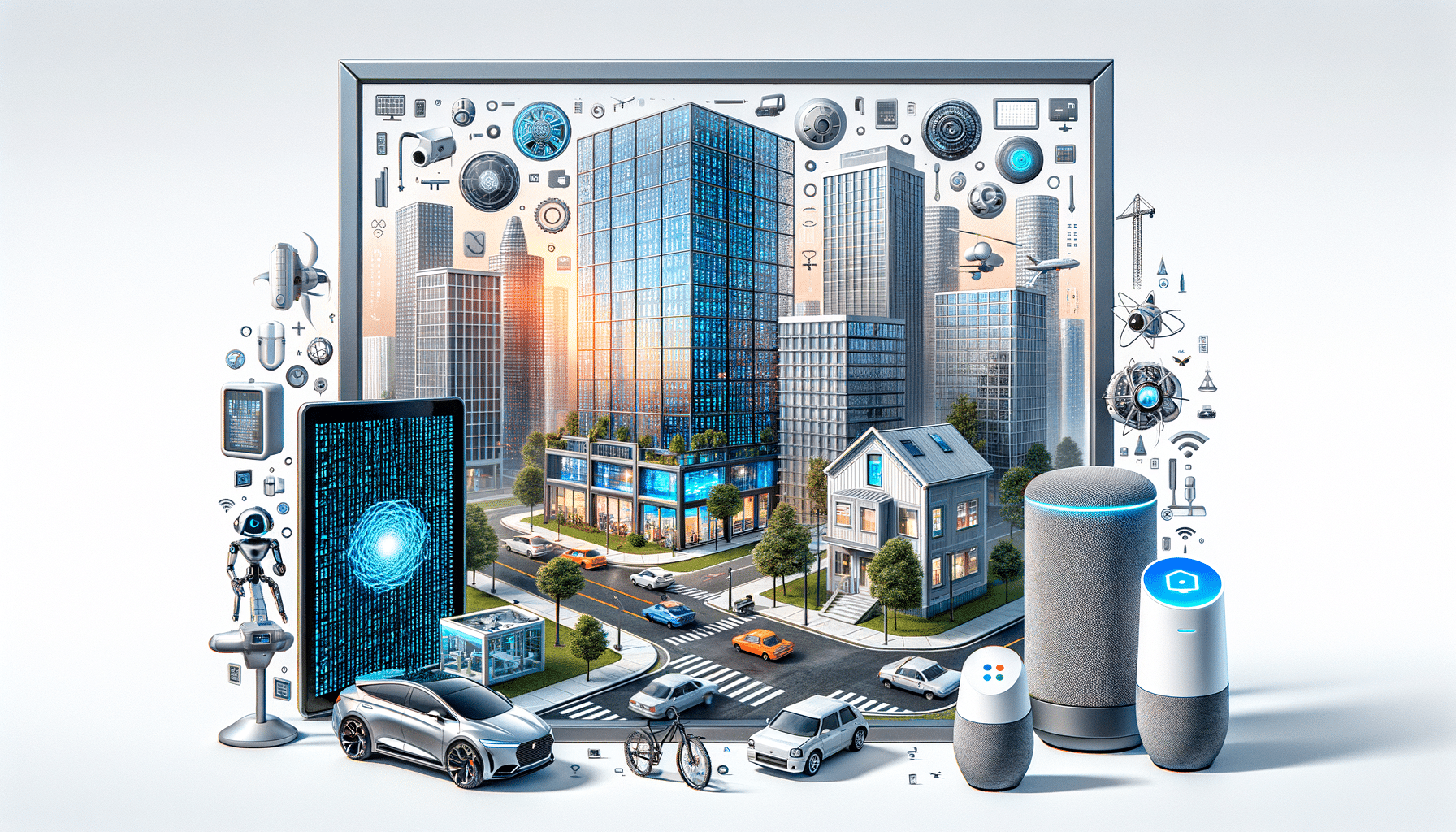
Exploring AI Generative Models: A Comprehensive Guide
Introduction to AI Generative Models
AI generative models have rapidly become a cornerstone of modern technology, influencing a wide array of industries from entertainment to healthcare. These models, which leverage advanced algorithms to create new content, are reshaping the way we interact with digital environments. The importance of understanding AI generative models lies in their potential to revolutionize creative processes, automate complex tasks, and offer insights into data that were previously inaccessible. As we delve into the intricacies of these models, we will explore their foundational principles, diverse applications, and the challenges they present to developers and users alike.
The Mechanics Behind AI Generative Models
At the heart of AI generative models are sophisticated algorithms designed to learn from vast datasets and generate new, original content. These models typically fall into two main categories: Generative Adversarial Networks (GANs) and Variational Autoencoders (VAEs). GANs consist of two neural networks, a generator and a discriminator, that work in tandem to produce realistic data. The generator creates data, while the discriminator evaluates its authenticity, refining the generator’s output through a feedback loop. VAEs, on the other hand, encode input data into a compressed latent space and decode it back into a new form, capturing the underlying structure of the data. These methods enable the creation of diverse content, from realistic images to complex music compositions.
Applications of AI Generative Models
The versatility of AI generative models is evident in their wide-ranging applications across various sectors. In the entertainment industry, these models are used to create realistic animations and special effects, enhancing the viewer’s experience. In healthcare, they assist in generating synthetic medical images, which help in training medical professionals and developing diagnostic tools. Additionally, AI generative models are employed in fashion design, creating innovative clothing patterns, and in finance, where they simulate market scenarios to test financial strategies. This adaptability underscores the transformative potential of these models in driving innovation and efficiency.
Challenges and Ethical Considerations
While AI generative models offer numerous benefits, they also pose significant challenges and ethical dilemmas. One major concern is the potential for these models to produce misleading or harmful content, such as deepfakes, which can undermine trust and security. Additionally, the use of large datasets raises privacy issues, as sensitive information may be inadvertently exposed or misused. Furthermore, the complexity of these models can lead to a lack of transparency, making it difficult to understand how decisions are made. Addressing these challenges requires a concerted effort from developers, policymakers, and stakeholders to establish guidelines and frameworks that ensure ethical use and development.
The Future of AI Generative Models
Looking ahead, the future of AI generative models is poised for exciting advancements. As computational power and algorithmic efficiency continue to improve, we can expect these models to become even more sophisticated and capable. Innovations in areas like reinforcement learning and unsupervised learning are likely to enhance the creativity and adaptability of generative models. Moreover, interdisciplinary collaborations will play a crucial role in expanding the applications of these models, driving breakthroughs in fields such as art, science, and engineering. As we navigate this evolving landscape, it is essential to remain mindful of the ethical implications and strive for responsible innovation that benefits society as a whole.


